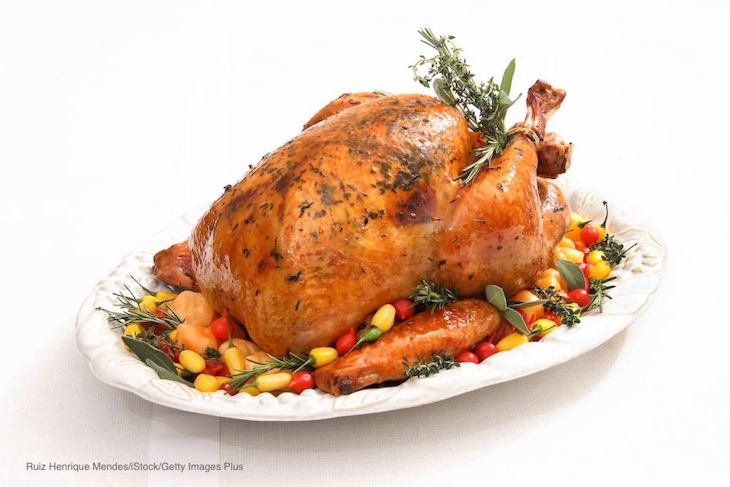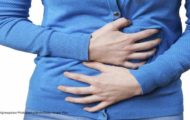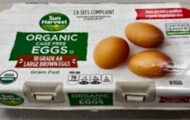The Centers for Disease Control and Prevention is offering tips to keep your Thanksgiving meal safe, concentrating on the turkey. Turkey and other poultry are often contaminated with bacteria and require special handling. Keep your Thanksgiving turkey safe with these tips.

In fact, a report in the Center for Disease Control and Prevention’s (CDC) Morbidity and Mortality Weekly Report for the week of November 22, 2019 states that during a huge Salmonella Reading outbreak last year, ““Evidence demonstrated that the outbreak strain was present throughout the turkey industry in live turkeys and in raw turkey products meant for human and animal consumption.”
When you buy your turkey, put it into the grocery cart last, go right home, and put it in the refrigerator promptly. If you are buying a frozen turkey, thaw it in the refrigerator, or in a leak-proof plastic bag in a sink of cold water, changing the water every 30 minutes, or in the microwave oven. Never defrost the turkey by leaving it out on the counter. Or cook your turkey from the frozen state.
Remember that it takes 24 hours to thaw a frozen turkey in the fridge for every five pounds of weight. Thaw time in cold water requires 30 minutes per pound.
Handle the turkey carefully. Don’t let turkey juices drip onto the floor, countertops, or utensils in your kitchen. And watch out for cross contamination between raw turkey juices and other foods that are eaten uncooked.
Stuffing is a special case. It’s difficult to cook turkey stuffing to the safe internal temperature of 165°F in the center, so think about cooking the stuffing in a casserole separate from the turkey. If you do want to use stuffing, stuff the bird just before cooking.
When roasting your turkey, never cook it at an oven temperature less than 325°F. The turkey should be put into a roasting pan that is 2 to 2-1/2 inches deep. Check the temperature by inserting the thermometer into the center of the stuffing and into the thickest portions of the bread, thigh, and wing joint. Check the temp even if the turkey has a pop up temperature indicator.
Use a reliable and accurate food thermometer to test the final internal temperature of the turkey and stuffing. Both should be cooked to 165°F. If you cook a stuffed turkey, take it out of the oven when it’s reached that temp, then let the bird stand for 20 minutes to let the temperature of the stuffing increase.
Finally, keep leftovers safe by refrigerating the turkey, stuffing, and all other perishable foods to avoid food poisoning. Clostridium perfringens bacteria grows in cooked foods that are left at room temperature for too long. All foods should be refrigerated after two hours at room temperature. Don’t refrigerate the whole carcass; cut the turkey into smaller quantities so they will cool quickly. And reheat all leftovers to 165°F before serving.




